BMW i5 vs Tesla Model S - Differences and prices compared
Costs and Efficiency:
Price and efficiency are often the first things buyers look at. Here it becomes clear which model has the long-term edge – whether at the pump, the plug, or in purchase price.
BMW i5 has a clearly advantage in terms of price – it starts at 60200 £, while the Tesla Model S costs 94300 £. That’s a price difference of around 34106 £.
In terms of energy consumption, the advantage goes to the BMW i5: with 14.70 kWh per 100 km, it’s to a small extent more efficient than the Tesla Model S with 16.80 kWh. That’s a difference of about 2.10 kWh.
As for range, the Tesla Model S performs somewhat better – achieving up to 744 km, about 117 km more than the BMW i5.
Engine and Performance:
Under the bonnet, it becomes clear which model is tuned for sportiness and which one takes the lead when you hit the accelerator.
When it comes to engine power, the Tesla Model S has a convincingly edge – offering 1020 HP compared to 601 HP. That’s roughly 419 HP more horsepower.
In acceleration from 0 to 100 km/h, the Tesla Model S is decisively quicker – completing the sprint in 2.10 s, while the BMW i5 takes 3.80 s. That’s about 1.70 s faster.
In terms of top speed, the Tesla Model S performs evident better – reaching 322 km/h, while the BMW i5 tops out at 230 km/h. The difference is around 92 km/h.
Space and Everyday Use:
Cabin size, boot volume and payload all play a role in everyday practicality. Here, comfort and flexibility make the difference.
Seats: offers more seating capacity – vs .
In curb weight, Tesla Model S is slight lighter – 2092 kg compared to 2195 kg. The difference is around 103 kg.
In terms of boot space, the Tesla Model S offers noticeable more room – 799 L compared to 490 L. That’s a difference of about 309 L.
When it comes to payload, BMW i5 to a small extent takes the win – 545 kg compared to 442 kg. That’s a difference of about 103 kg.
Who comes out on top?
Overall, the Tesla Model S shows itself to be dominates this comparison and secures the title of DriveDuel Champion.
It convinces with the more balanced overall package and proves to be the more versatile choice for everyday use.
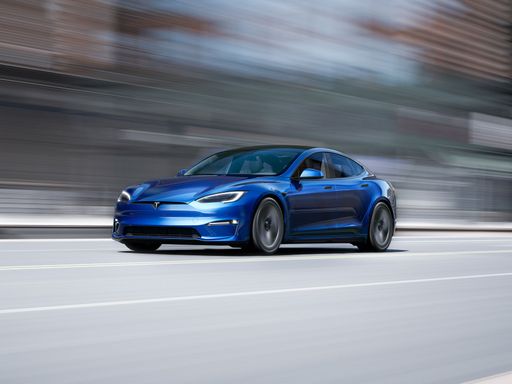 @ Tesla, Inc.
@ Tesla, Inc.
Tesla Model S
Costs and Consumption
View detailed analysis
Engine and Performance
View detailed analysis
Dimensions and Body
View detailed analysis
BMW i5
The BMW i5 swaps predictable executive-car manners for a confident electric vibe, marrying refined comfort with surprisingly engaging steering. It’s a practical choice that doesn’t feel dull, offering the kind of clean, premium experience that makes commuting feel like a small indulgence.
details @ BMW Group Press
@ BMW Group Press
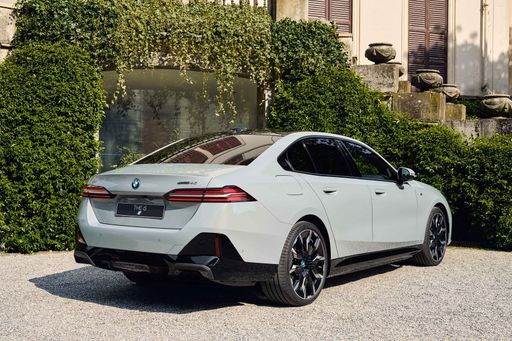 @ BMW Group Press
@ BMW Group Press
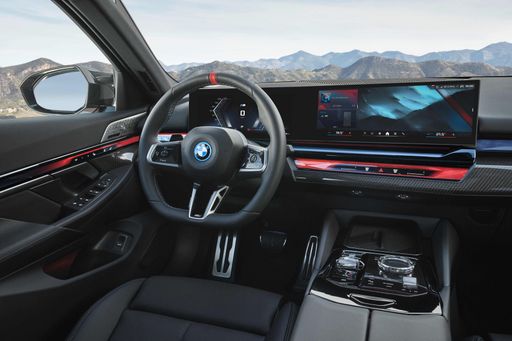 @ BMW Group Press
@ BMW Group Press
Tesla Model S
The Tesla Model S glides like a luxury sedan from the future, delivering instant shove and serene highway composure that make it feel equally at home on a rush-hour commute or a long-distance cruise. Inside, its minimalist cabin and gadget-forward interface turn every drive into a tech demo, making it as much a statement piece as a practical choice — and one that still manages to feel a little bit magical.
details @ Tesla, Inc.
@ Tesla, Inc.
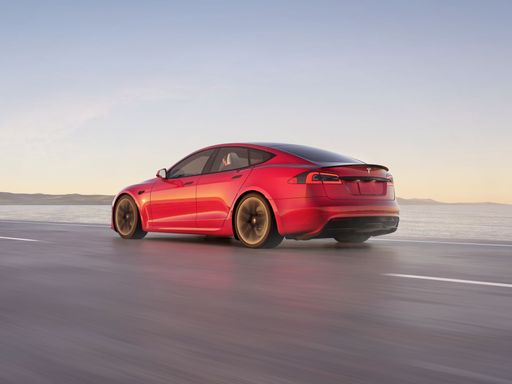 @ Tesla, Inc.
@ Tesla, Inc.
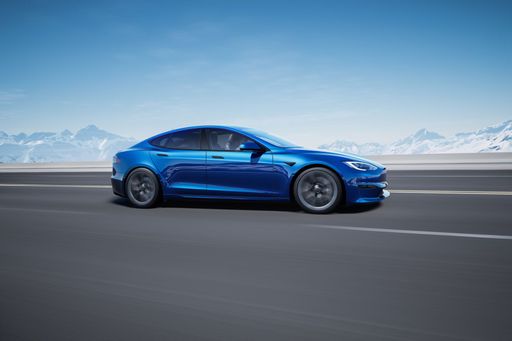 @ Tesla, Inc.
@ Tesla, Inc.
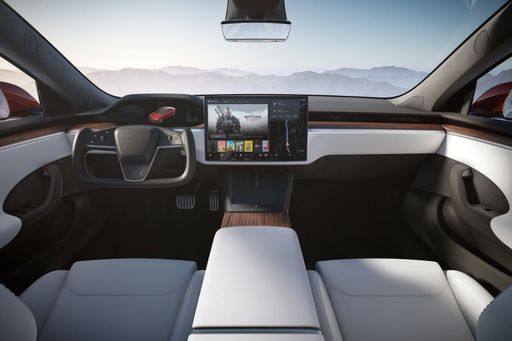 @ Tesla, Inc.
@ Tesla, Inc.
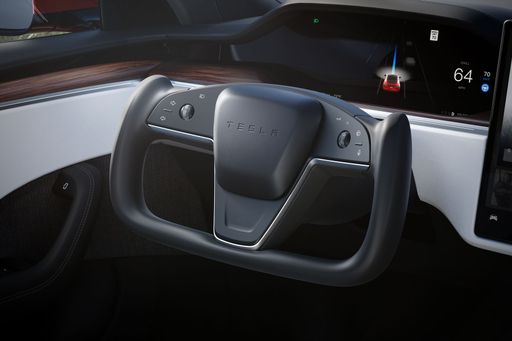 @ Tesla, Inc.
@ Tesla, Inc.
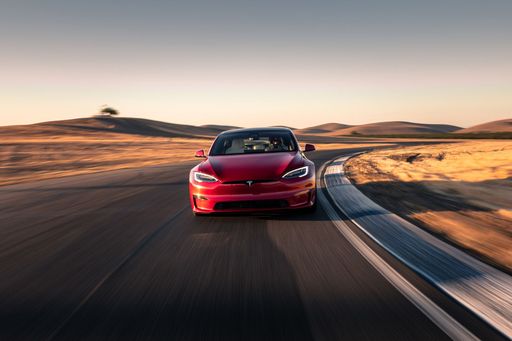 @ Tesla, Inc.
@ Tesla, Inc.
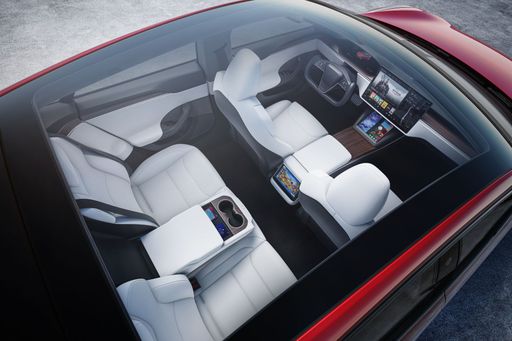 @ Tesla, Inc.
@ Tesla, Inc.
 @ BMW Group Press
@ BMW Group Press
|
 @ Tesla, Inc.
@ Tesla, Inc.
|
|
|
|
Costs and Consumption |
|
|---|---|
|
Price
60200 - 85300 £
|
Price
94300 - 102800 £
|
|
Consumption L/100km
-
|
Consumption L/100km
-
|
|
Consumption kWh/100km
14.7 - 17.1 kWh
|
Consumption kWh/100km
16.8 - 18 kWh
|
|
Electric Range
540 - 627 km
|
Electric Range
611 - 744 km
|
|
Battery Capacity
81.20 kWh
|
Battery Capacity
-
|
|
co2
0 g/km
|
co2
0 g/km
|
|
Fuel tank capacity
-
|
Fuel tank capacity
-
|
Dimensions and Body |
|
|---|---|
|
Body Type
Sedan
|
Body Type
Hatchback
|
|
Seats
5
|
Seats
5
|
|
Doors
4
|
Doors
5
|
|
Curb weight
2195 - 2370 kg
|
Curb weight
2092 - 2197 kg
|
|
Trunk capacity
490 L
|
Trunk capacity
799 L
|
|
Length
5060 mm
|
Length
5021 mm
|
|
Width
1900 mm
|
Width
1987 mm
|
|
Height
1505 - 1515 mm
|
Height
1431 mm
|
|
Max trunk capacity
-
|
Max trunk capacity
1828 L
|
|
Payload
525 - 545 kg
|
Payload
432 - 442 kg
|
Engine and Performance |
|
|---|---|
|
Engine Type
Electric
|
Engine Type
Electric
|
|
Transmission
Automatic
|
Transmission
Automatic
|
|
Transmission Detail
Reduction Gearbox
|
Transmission Detail
Reduction Gearbox
|
|
Drive Type
Rear-Wheel Drive, All-Wheel Drive
|
Drive Type
All-Wheel Drive
|
|
Power HP
340 - 601 HP
|
Power HP
670 - 1020 HP
|
|
Acceleration 0-100km/h
3.8 - 6 s
|
Acceleration 0-100km/h
2.1 - 3.2 s
|
|
Max Speed
193 - 230 km/h
|
Max Speed
240 - 322 km/h
|
|
Torque
430 - 820 Nm
|
Torque
-
|
|
Number of Cylinders
-
|
Number of Cylinders
-
|
|
Power kW
250 - 442 kW
|
Power kW
493 - 750 kW
|
|
Engine capacity
-
|
Engine capacity
-
|
General |
|
|---|---|
|
Model Year
2023 - 2024
|
Model Year
2025
|
|
CO2 Efficiency Class
A
|
CO2 Efficiency Class
A
|
|
Brand
BMW
|
Brand
Tesla
|
What drive types are available for the BMW i5?
The BMW i5 is offered with Rear-Wheel Drive or All-Wheel Drive.
The prices and data displayed are estimates based on German list prices and may vary by country. This information is not legally binding.
